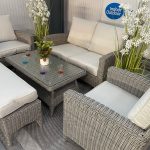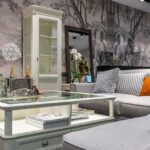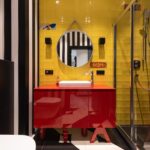Lighting plays an essential role in interior design, often serving as the unsung hero that can elevate your home’s aesthetic. Whether you are a seasoned interior designer or an enthusiastic home decorator, mastering the art of lighting can transform your living space into a haven of comfort and elegance. In this blog post, we will explore the basics of lighting, the various types of modern fixtures, and practical tips to create the perfect ambience in your home.
Understanding the Basics of Lighting
Lighting is more than just a functional element in your home; it shapes how we perceive and interact with our spaces. Good lighting can enhance architectural features, create focal points, and even affect our mood and productivity.
To begin with, lighting can be categorised into three main types:
- Ambient Lighting: This is your primary source of lighting and is meant to illuminate the entire room. It includes ceiling-mounted fixtures, floor lamps, and natural light.
- Task Lighting: This type of lighting is focused on specific areas where activities like reading, cooking, or working take place. Examples include desk lamps, under-cabinet lights in kitchens, and bedside lamps.
- Accent Lighting: Accent lighting adds drama and focuses on particular objects or architectural features, such as artwork, sculptures, or textured walls.
Understanding these basics will help you make informed decisions when planning your lighting scheme.
Enhancing Spaces with Modern Lighting Fixtures
Types of Modern Lighting Fixtures
Modern lighting fixtures come in a variety of styles and functionalities. Here are some popular options:
- Pendant Lights: These hanging fixtures come in various shapes and sizes, making them versatile for different spaces, from kitchen islands to dining tables.
- Track Lighting: Ideal for highlighting specific areas or artwork, track lighting consists of multiple light heads that can be adjusted.
- LED Lighting: Known for its energy efficiency and long lifespan, LED lighting can be used for everything from ambient to task lighting.
Case Studies: Before and After Transformations
Lighting can significantly alter the look and feel of a room. Consider a living room that initially had only basic ceiling lighting. Adding pendant lights above the coffee table and LED strips under the shelves can create a warm, inviting atmosphere. Similarly, a kitchen illuminated solely by fluorescent lights can be transformed with under-cabinet LEDs, making the space more functional and visually appealing.
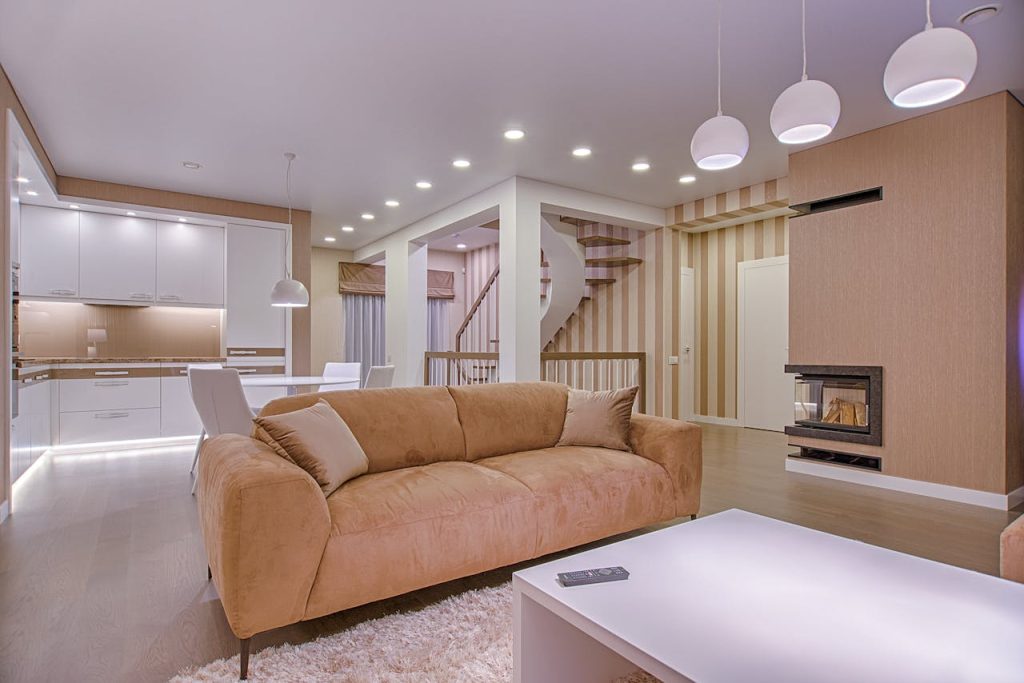
Practical Tips for Choosing and Placing Fixtures in Home Design
Selecting the right lighting fixtures and placing them optimally is crucial for achieving a balanced and well-lit space.
- Consider the Room’s Function: Different rooms serve different purposes, and your lighting should reflect that. For example, a kitchen requires bright task lighting, while a bedroom benefits from softer, ambient lighting.
- Layer Your Lighting: Combining ambient, task, and accent lighting can add depth and dimension to your room. For instance, in a living room, you might use a chandelier for ambient light, table lamps for task lighting, and wall sconces for accent lighting.
- Think About Scale and Proportion: Ensure that your lighting fixtures are proportionate to the size of the room and the furniture. A large chandelier in a small room can be overwhelming, while tiny lights in a spacious area can look out of place.
The Impact of Lighting on Mood and Productivity
Lighting has a profound effect on our emotions and efficiency. Bright, white lights are known to increase alertness and concentration, making them ideal for workspaces. On the other hand, warm, dim lighting can create a cosy and relaxed atmosphere, perfect for winding down in the evening.
Studies have shown that natural light can boost mood and productivity, so try to maximise daylight in your home. If that’s not possible, consider lighting options that mimic natural light to create a similar effect.
Sustainability in Lighting: Trends and Eco-Friendly Options
Sustainability is becoming increasingly important in all aspects of design, including lighting. Here are some eco-friendly lighting options to consider:
- LED Bulbs: These bulbs use up to 80% less energy than traditional incandescent bulbs and have a longer lifespan.
- Solar-Powered Lights: Ideal for outdoor spaces, solar lights harness the power of the sun, reducing electricity consumption.
- Smart Lighting Systems: These systems allow you to control your lighting remotely, helping to save energy by turning off lights when they are not needed.
Adopting these sustainable lighting solutions can reduce your environmental footprint and lower your energy bills.
The Future of Lighting in Interior Design
The future of lighting is bright, with advancements in technology offering even more options and functionalities. Intelligent lighting systems that adapt to our routines, energy-efficient fixtures, and innovative designs that blur the line between art and functionality are just a few trends to watch.
Incorporating cutting-edge lighting solutions can add a level of sophistication and efficiency to your home, making it a beacon of modern design.
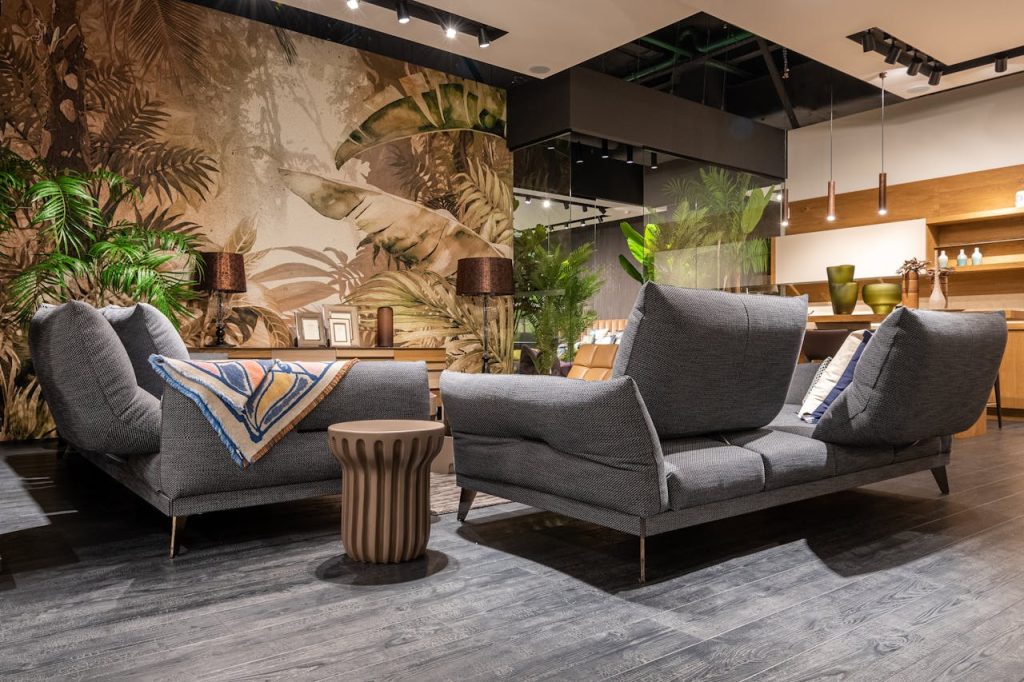
Final Thoughts
Lighting is a powerful tool in interior design that can dramatically impact the look and feel of your home. By understanding the basics of lighting, exploring modern fixtures, and following practical tips, you can create a beautifully lit space that reflects your style and meets your needs.
Ready to take your interior design to the next level? Dive into our guide on Insider Secrets: Decorating with Designer Furniture and learn how to perfectly harmonise lighting with luxurious furnishings.

